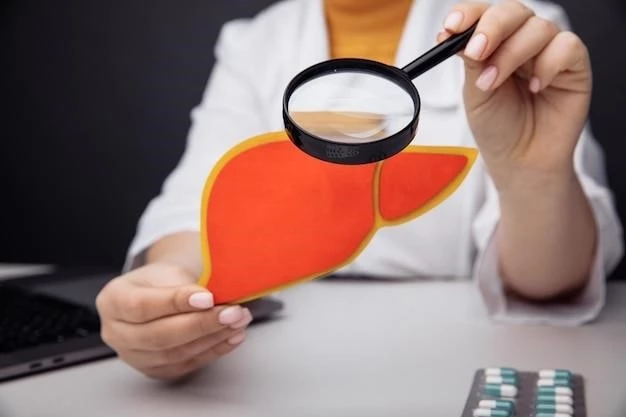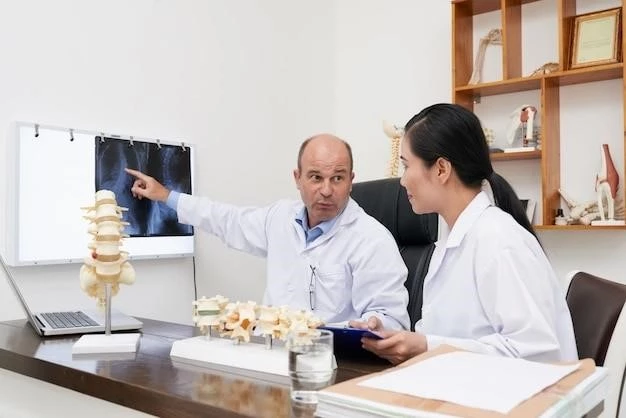Introduction
Alveolar rhabdomyosarcoma (ARMS) is a subtype of the rhabdomyosarcoma soft tissue cancer family. ARMS tumors resemble alveolar tissue in the lungs and can be found in various locations within the body.
Overview of Rhabdomyosarcoma, Alveolar
Alveolar rhabdomyosarcoma (ARMS) is a subtype of the rhabdomyosarcoma soft tissue cancer family, related to skeletal muscle cells. Tumors resemble alveolar lung tissue and can be found in various body locations like the head, neck, urogenital tracts, torso, and extremities. The embryonal type, most common, typically affects the head, neck, or reproductive organs. ARMS, seen mostly in the arms, legs, chest, abdomen, or genital and anal areas, is aggressive. Spindle cell/sclerosing type is prevalent in the testis. Understanding the gene fusion in ARMS through CRISPR-Cas13 and clinical trials with Venetoclax and Enoblituzumab are advancing treatment possibilities.

Types of Rhabdomyosarcoma
Rhabdomyosarcoma can manifest in various forms, including embryonal rhabdomyosarcoma, alveolar rhabdomyosarcoma, and pleomorphic rhabdomyosarcoma.
Alveolar Rhabdomyosarcoma Characteristics
Alveolar rhabdomyosarcoma (ARMS) is a distinct subtype of rhabdomyosarcoma, originating from mesenchymal cells and exhibiting characteristics related to skeletal muscle cells. ARMS tumors typically resemble alveolar lung tissue and can be found in a range of locations within the body, commonly affecting the head, neck, urogenital tracts, torso, and extremities. With a propensity for aggressive behavior, ARMS tumors present unique challenges in diagnosis and management.
Embryonal Rhabdomyosarcoma Overview
Embryonal rhabdomyosarcoma is the most common type of rhabdomyosarcoma, typically affecting the head, neck, or reproductive organs but can occur in various body locations. This subtype is prevalent in children under ten years old and presents distinct challenges in diagnosis and treatment.
Spindle Cell/Sclerosing Rhabdomyosarcoma Description
Spindle cell/sclerosing rhabdomyosarcoma is a subtype characterized by its prevalence in the testis. Tumors of this type exhibit specific spindle cell morphology and sclerosing features, presenting challenges in diagnosis and treatment due to its unique characteristics and location.
Clinical Presentations
Rhabdomyosarcoma can present in various locations, with symptoms such as lumps, swelling, pain, bleeding, or weakness, depending on the tumor’s site and size. Common locations include the head, neck, urogenital tracts, torso, extremities, and spinal region.
Common Tumor Locations in Alveolar Rhabdomyosarcoma
Alveolar rhabdomyosarcoma (ARMS) commonly affects regions such as the head, neck, urogenital tracts, torso, extremities, chest, abdomen, genital organs, and anal area. The aggressive nature of ARMS necessitates precise diagnostic and treatment strategies tailored to these specific tumor locations.
Symptoms Associated with Rhabdomyosarcoma
Rhabdomyosarcoma can present with symptoms such as lumps, swelling, pain, bleeding, weakness, or bone pain depending on the tumor’s location and size. Symptoms specific to alveolar rhabdomyosarcoma may include masses or swelling in the arms, legs, chest, abdomen, or genital and anal regions.
Diagnosis and Prognosis
The diagnosis of alveolar rhabdomyosarcoma involves imaging tests, biopsies, and genetic testing. Prognosis is based on factors like tumor size, location, stage, and response to treatment, with a multidisciplinary approach essential for optimal outcomes.
Diagnostic Methods for Alveolar Rhabdomyosarcoma
Diagnosis of alveolar rhabdomyosarcoma involves imaging tests like CT or MRI scans, biopsies for histological examination, and genetic testing to identify specific molecular markers. These diagnostic methods play a crucial role in confirming the presence of alveolar rhabdomyosarcoma and guiding appropriate treatment strategies.
Prognostic Factors in Rhabdomyosarcoma
Prognosis in rhabdomyosarcoma is influenced by factors such as tumor size, location, stage, and response to treatment. Additionally, age and histological subtype play crucial roles in determining the outlook for patients with alveolar rhabdomyosarcoma, guiding healthcare professionals in tailoring individualized treatment plans for optimal outcomes.
Treatment Approaches
Management of alveolar rhabdomyosarcoma involves a multidisciplinary approach including surgery, chemotherapy tailored to the specific subtype, and possibly radiation therapy for localized or advanced disease. High-dose chemotherapy with stem cell transplant may be considered for aggressive or recurrent cases.
Surgery for Rhabdomyosarcoma
Surgical intervention plays a critical role in the treatment of rhabdomyosarcoma, enabling the removal of the tumor mass and potentially affected surrounding tissues. Surgeons aim to achieve complete resection while preserving functionality in vital areas and organs, contributing significantly to the overall management and prognosis of the disease.
Chemotherapy for Alveolar Rhabdomyosarcoma
Chemotherapy is a crucial component in treating alveolar rhabdomyosarcoma, often tailored to the specific subtype of the disease. It is used to target cancer cells throughout the body, either as a standalone treatment or in combination with other therapeutic modalities like surgery and radiation therapy. Chemotherapeutic agents play a vital role in reducing tumor size, preventing spread, and improving overall outcomes for patients with alveolar rhabdomyosarcoma.
Radiation Therapy in Rhabdomyosarcoma Treatment
Radiation therapy is a critical component of treatment for rhabdomyosarcoma, including alveolar rhabdomyosarcoma. It is used to target cancer cells and may be employed post-surgery or in cases where complete surgical resection is not feasible. Radiation therapy plays a significant role in reducing tumor size, controlling local disease, and improving overall treatment outcomes for patients with rhabdomyosarcoma.
High-dose chemotherapy, in combination with stem cell transplant, is considered for aggressive or recurrent cases of rhabdomyosarcoma. This intensive treatment approach aims to eradicate cancer cells with high doses of chemotherapy and then rescue the bone marrow through stem cell transplantation, offering a potentially curative strategy for challenging cases of alveolar rhabdomyosarcoma.
High-Dose Chemotherapy and Stem Cell Transplant
High-dose chemotherapy, combined with stem cell transplant, is a treatment option for aggressive or recurrent cases of alveolar rhabdomyosarcoma. This intensive approach aims to eliminate cancer cells with high doses of chemotherapy and restore the bone marrow through stem cell transplantation, offering a potentially curative strategy for challenging situations.
CRISPR-Cas13 in Understanding PAX3-FOXO1 Gene Fusion
CRISPR-Cas13 is a cutting-edge technology used to explore the role of the PAX3-FOXO1 gene fusion in alveolar rhabdomyosarcoma. This innovative approach enables a deeper understanding of the molecular mechanisms underlying this subtype, providing insights for targeted therapeutic interventions and precision medicine strategies.
Venetoclax and Enoblituzumab Clinical Trials for Rhabdomyosarcoma
Venetoclax and Enoblituzumab are currently being studied in clinical trials for the treatment of rhabdomyosarcoma. These innovative approaches aim to improve therapeutic options for patients with this rare and challenging malignancy, offering new hope for better outcomes and potential advancements in treatment strategies.

In conclusion, alveolar rhabdomyosarcoma presents a complex challenge, requiring a multidisciplinary approach encompassing surgery, chemotherapy, radiation therapy, and innovative treatments such as high-dose chemotherapy with stem cell transplant. Ongoing research, including clinical trials with agents like Venetoclax and Enoblituzumab, offers hope for advancements in the treatment of this aggressive soft tissue cancer, emphasizing the importance of personalized and comprehensive care for patients with alveolar rhabdomyosarcoma.
